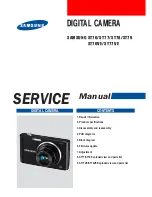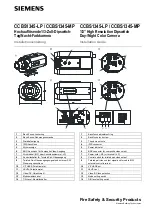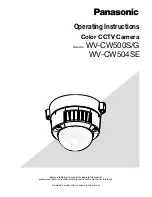
Thermographic measurement
techniques
15
15.1
Introduction
An infrared camera measures and images the emitted infrared radiation from an object.
The fact that radiation is a function of object surface temperature makes it possible for the
camera to calculate and display this temperature.
However, the radiation measured by the camera does not only depend on the temperature
of the object but is also a function of the emissivity. Radiation also originates from the sur-
roundings and is reflected in the object. The radiation from the object and the reflected ra-
diation will also be influenced by the absorption of the atmosphere.
To measure temperature accurately, it is therefore necessary to compensate for the effects
of a number of different radiation sources. This is done on-line automatically by the cam-
era. The following object parameters must, however, be supplied for the camera:
• The emissivity of the object
• The reflected apparent temperature
• The distance between the object and the camera
• The relative humidity
• Temperature of the atmosphere
15.2
Emissivity
The most important object parameter to set correctly is the emissivity which, in short, is a
measure of how much radiation is emitted from the object, compared to that from a perfect
blackbody of the same temperature.
Normally, object materials and surface treatments exhibit emissivity ranging from approxi-
mately 0.1 to 0.95. A highly polished (mirror) surface falls below 0.1, while an oxidized or
painted surface has a higher emissivity. Oil-based paint, regardless of color in the visible
spectrum, has an emissivity over 0.9 in the infrared. Human skin exhibits an emissivity
0.97 to 0.98.
Non-oxidized metals represent an extreme case of perfect opacity and high reflexivity,
which does not vary greatly with wavelength. Consequently, the emissivity of metals is low
– only increasing with temperature. For non-metals, emissivity tends to be high, and de-
creases with temperature.
15.2.1
Finding the emissivity of a sample
15.2.1.1
Step 1: Determining reflected apparent temperature
Use one of the following two methods to determine reflected apparent temperature:
#T810252; r. AA/41997/41997; en-US
43
1.888.475.5235
info@FLIR-Direct.com
FLIR
-
DIRECT
.com
















































